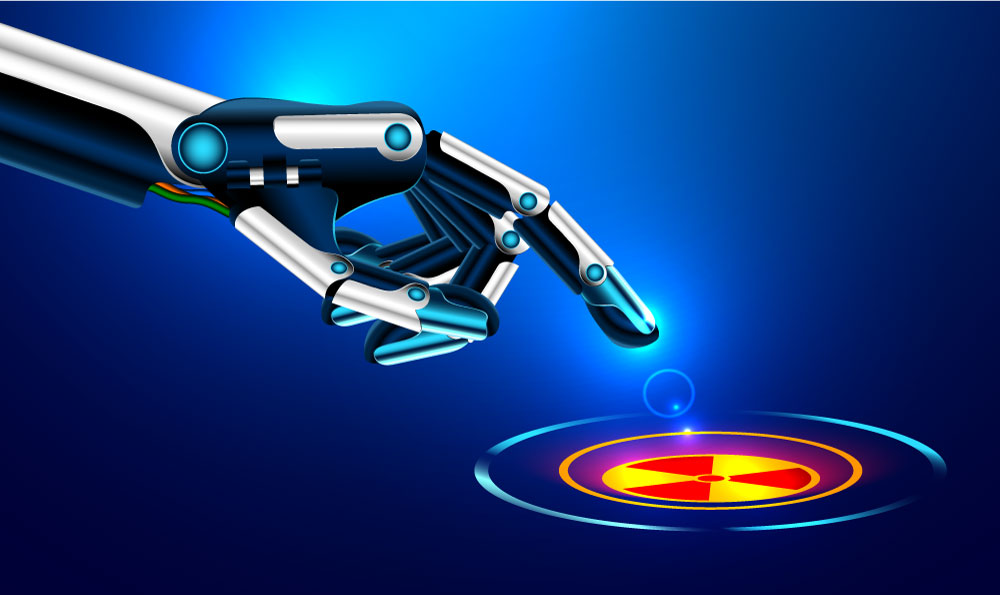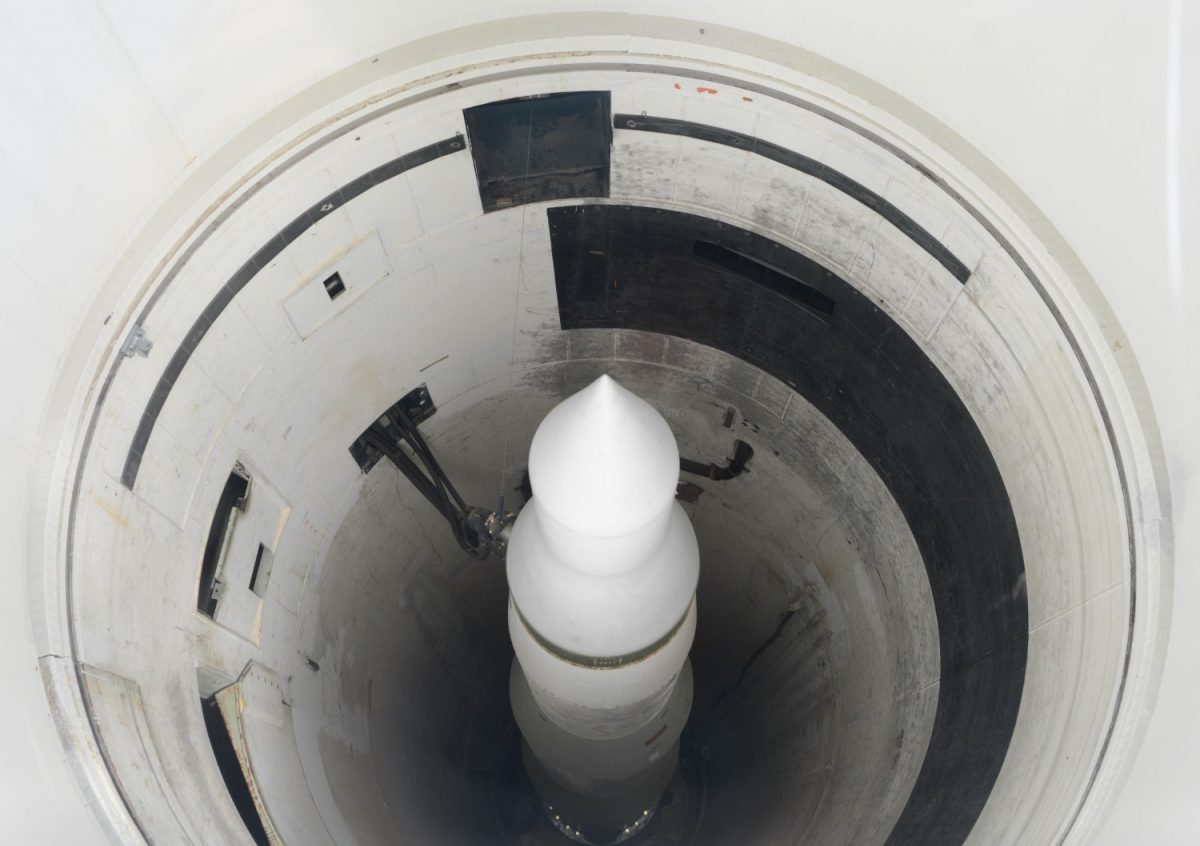Evaluating Member State Acceptance of Blockchain for Nuclear Safeguards
Sarah Frazar, Cindy Vestergaard, Benjamin Loehrke, and Luisa Kenausis | December 2019
Distributed ledger technology (DLT)–widely referred to as blockchain technology–has the potential to improve operational efficiencies, data security, and confidentiality of nuclear safeguards information. Previous studies have explored these potential capabilities. Yet, as with any new technology involved in nuclear safeguards, there may be technical, legal, or political barriers that might hinder any deployment of DLT systems for safeguards applications.
The Stanley Center for Peace and Security, the Stimson Center, and Pacific Northwest National Laboratory (PNNL) coorganized a two-day workshop focusing on understanding those nontechnical factors that may hinder–or motivate–stakeholder acceptance of DLT systems. The workshop included participants from IAEA member states, nuclear operators, state authorities, national missions, blockchain companies, research institutions, and international organizations.
This report summarizes observations and key findings from that workshop. It aims to inform member states and the IAEA about the challenges and opportunities associated with deploying DLT for safeguards purposes. It draws on survey data on how participant perspectives shifted during the workshop. It also explores potential user requirements that should be considered if stakeholders decide to move forward with designing a DLT for safeguards verification and analysis.
Key Findings
- DLT presents an evolution in computer science while offering new functionalities for safeguards.
- DLT acceptance will depend, in part, on educating member states about how the technology works. Participants’ views of DLT’s ability to improve operational efficiencies, data security, and confidentiality of safeguards data improved at all levels (operator, state, and IAEA) through the workshop. Education with member states will be particularly important as DLT continues to evolve.
- DLT offers something above and beyond existing information management systems at the IAEA (e.g., interoperability among systems, frontloading inspection efforts) without replacing the important regulatory function of performing physical verification of nuclear inventories.
- DLT platforms would not change what safeguards information is reported or undermine the extent to which it is protected from manipulation or theft, two of the most politically charged issues for the international safeguards community.
- The IAEA—with its limited budget and limited mandate on technology research—is not best positioned to drive investment in DLT systems for safeguards. Although interest among workshop participants in having operators invest in DLT research was relatively low, 76 percent of participants indicated that state authorities should lead the way, possibly because it would be cheaper, less political, and more “exploratory” if a state takes the first leap.
- While stakeholders perceived legal requirements for adoption to be manageable, political challenges at the IAEA were likely to hinder the technology’s deployment.
While the report explores user requirements for using DLT for safeguards purposes, such applications would need to be tested and validated through prototypes for specific use cases. Lessons from those prototypes can advance the debate about the utility and desirability of using DLT for safeguards purposes.


